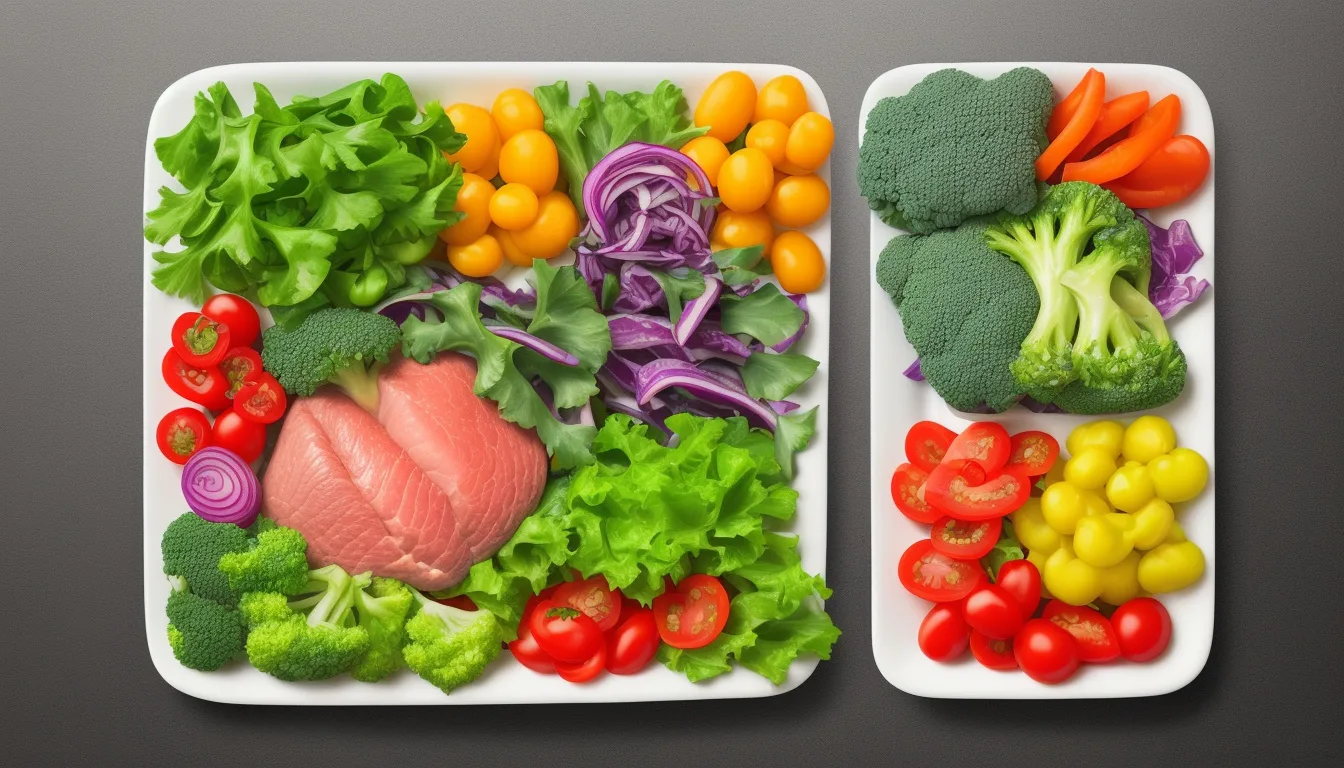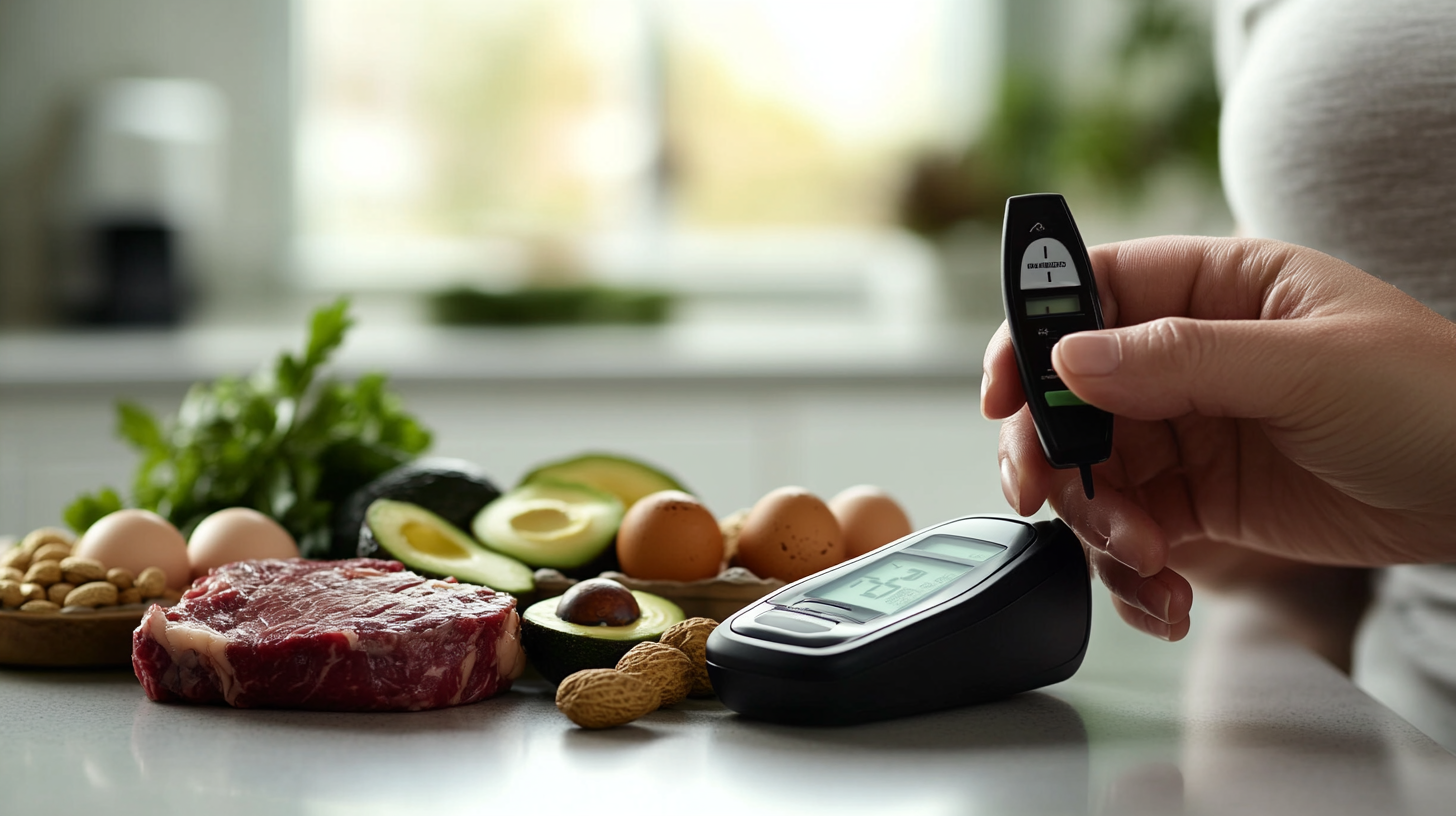
When you aim for weight loss and more energy, learn low carb macros. Low carb macros show how your body uses carbohydrates, proteins, and fats. These nutrients help your body burn fat and keep your energy steady. When you master low carb macros, you can shape your meals for weight loss, balanced blood sugar, and daily strength without a crash from too many carbs.
In this guide, we cover low carb macros. We explain how to count them, why they work, and how you can use this method for lasting change.
What Are Low Carb Macros?
"Macros" mean the main nutrients that give you calories. In low carb macros, you lower carbohydrates and change proteins and fats to keep energy steady.
A typical low carb macro split is:
- Carbohydrates: About 5-20% of daily calories
- Proteins: Around 25-35%
- Fats: The remaining 50-70%
This split makes your body burn fat by lowering insulin. It gives enough protein to keep muscle and enough fat to supply energy.
Why Focus on Low Carb Macros?
Changing your macro amounts can affect weight loss and energy use. Here are some advantages of low carb macros:
- Fat Burning: Fewer carbs keep insulin low so that your body uses fat for fuel.
- Stable Sugar: Fewer carbs stop big ups and downs in blood sugar.
- Fullness: More proteins and fats help you feel full and stop extra eating.
- Muscle Care: Enough protein helps your muscles recover during low-calorie days.
- Steady Energy: Fat provides a steady source of power for both mind and body.
Calculating Your Ideal Low Carb Macros
To set low carb macros, work with your body type, exercise level, and goals. Follow these steps to find your best macros:
Step 1: Find Your Caloric Needs
Start by finding your Total Daily Energy Expenditure (TDEE). This number tells you how many calories you burn each day. Use an online calculator like one that uses the Mifflin-St Jeor method.
Step 2: Set Your Carbohydrate Intake
For weight loss, try to use 5-15% of your calories from carbs. For example, a 1,800-calorie diet with 10% carbs gives 180 calories or about 45 grams (each gram gives 4 calories).
Step 3: Choose Protein
Protein helps to repair muscles. A simple tip is to use 0.8 to 1 gram of protein per pound of body weight. Multiply the grams by 4 to get the calories from protein.
Step 4: Use the Rest for Fat
After counting carbs and protein, the rest of your calories come from fats. With 9 calories per gram, fat helps keep you powered and supports your hormones.
For example, a 1,800-calorie day might look like:
- Carbs: 10% (45g, 180 calories)
- Protein: 30% (135g, 540 calories)
- Fats: 60% (120g, 1,080 calories)
Foods to Choose for Low Carb Macros
Select foods that give good nutrients and low carbs. This keeps your meals both tasty and within your macro targets.
Good Protein Choices:
- Lean meats like chicken breast and turkey
- Fish such as salmon and tuna
- Eggs and egg whites
- Plant options like tofu and tempeh
Healthy Fat Sources:
- Avocados and their oils
- Nuts and seeds, for example almonds or chia seeds
- Olive oil and coconut oil
- Fatty fish like salmon and mackerel
Low Carb Vegetables:
- Greens, such as spinach and kale
- Vegetables like broccoli and cauliflower
- Zucchini, cucumbers, and bell peppers
These foods help you meet your nutrient goals as you follow your low carb plan.
Tips for Mastering Low Carb Macros
- Track your food with apps like MyFitnessPal or Carb Manager.
- Plan your meals ahead to keep on track with your macros.
- Drink plenty of water since low carb diets can make you lose more water.
- Adjust your carb level slowly if you feel changes in your body.
- Watch your energy and fullness to guide slight changes in protein or fat.
How Low Carb Macros Keep Energy Steady
A low carb diet shifts your body from using mostly sugar to burning fat. This shift gives you a steady source of energy. It might take a few days or weeks, but you may soon notice fewer dips in energy and clearer thought.
With enough protein, you help your muscles work well at the gym. Healthy fats give your body the right fatty acids for hormones and brain work.

Common Challenges and How to Solve Them
Challenge 1: Carb Urges
- Tip: Add more fiber from low carb vegetables and healthy fats to help you feel full.
Challenge 2: Low Energy at First
- Tip: Make sure you get enough electrolytes like sodium, potassium, and magnesium. Try sipping bone broth or using mineral supplements.
Challenge 3: Counting Macros Can Get Boring
- Tip: After a few weeks, you might learn portion sizes and use whole food meals without checking every detail.
Sample Low Carb Macro Meal Plan
| Meal | Food Items | Carbs (g) | Protein (g) | Fats (g) |
|---|---|---|---|---|
| Breakfast | 3 eggs scrambled with spinach and avocado | 7 | 21 | 25 |
| Snack | A handful of almonds | 5 | 6 | 14 |
| Lunch | Grilled chicken with a broccoli salad | 8 | 40 | 20 |
| Snack | Unsweetened Greek yogurt with chia seeds | 6 | 15 | 10 |
| Dinner | Salmon with asparagus and a drizzle of olive oil | 6 | 38 | 30 |
Total macros are about: 32g carbs, 120g protein, and 99g fat.
FAQ: Low Carb Macros Explained
Q1: What ratio works best for low carb macros in weight loss?
A1: Many people use roughly 5-15% carbs, 25-35% protein, and 50-70% fats. Your needs may differ based on exercise and goals.
Q2: Can this plan help build muscle?
A2: Yes. With enough protein and strength training, you can build muscle on a low carb plan.
Q3: Do I need to count low carb macros all the time?
A3: Counting helps at first. Later, you may follow your hunger and learned portions.
Expert Opinion
Experts at the Nutrition Source of Harvard T.H. Chan School of Public Health say that lower-carb eating can work for weight loss and better metabolism when you include enough protein and fat.
Conclusion: Take Charge of Your Health with Low Carb Macros
Low carb macros is a simple plan for weight loss and steady energy. By counting your macros, selecting whole foods, and staying aware of your body, you can let your natural fat burning work. Start with counting your macros, plan easy meals, and review your progress. Your path to better health and energy starts with low carb macros – take the first step today and change your lifestyle!
Ready to work on weight loss and more energy using low carb macros? Download our free macro tracker and meal planner template now to begin your personal path to change!
[center]Always consult with your doctor prior to making drastic diet changes.[/center]
[center]As an Amazon Affiliate, Savvy Keto makes a small commision (at no extra cost to you) on any purchases you make thru affiliated links you click on.[/center]




